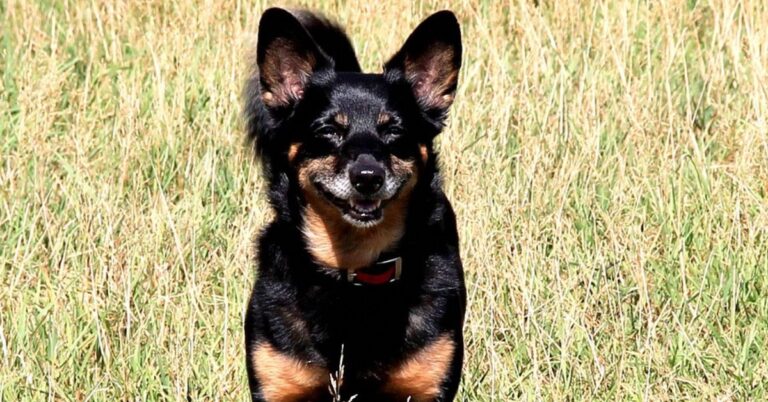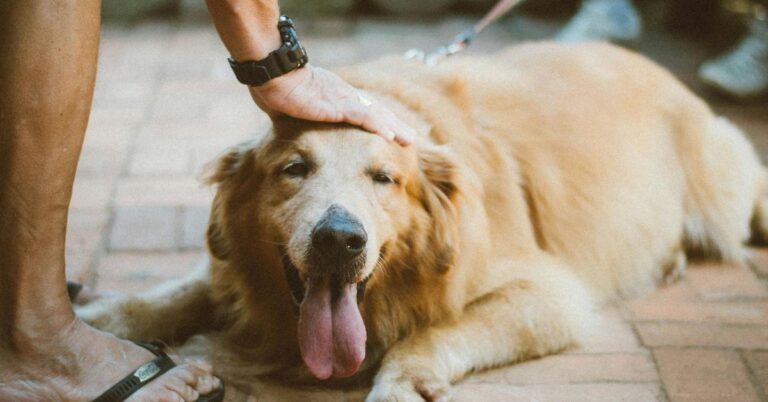15 Weird Sounds Your Dog Makes and What They Mean

Are you aware that dogs can make over 18 different vocal sounds? Well, you are about to learn about 15 of them here. Dogs have a unique way of communicating that goes beyond barks and growls. Each whimper, whine, or howl can reveal their feelings and needs. So, let’s explore some of the weird noises your dog makes and what they mean.
The Whine

Dogs communicate through whining; when they do so, they seek attention or signal discomfort. These vocalizations can indicate anxiety, excitement, or a desire to go outside. Understanding the context of your dog’s whines is vital to determine if they’re in pain or distress. Sometimes, your dog may crave your company.
The Howl
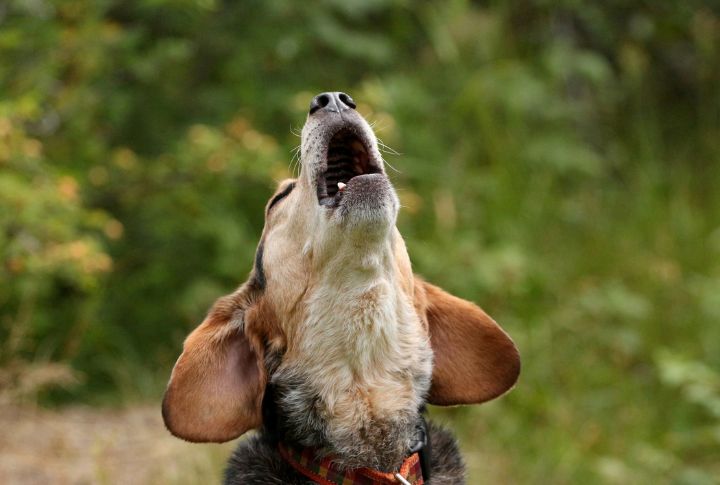
Dogs communicate through whining; when they do so, they seek attention or signal discomfort. These vocalizations can indicate anxiety, excitement, or a desire to go outside. Understanding the context of your dog’s whines is vital to determine if they’re in pain or distress. Sometimes, your dog may crave your company.
The Snort
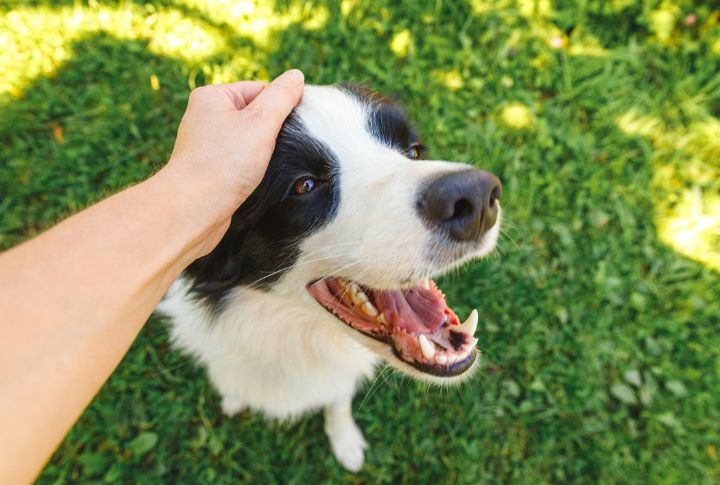
It’s important to distinguish between harmless playfulness and potential health concerns. Snorting is mostly a playful sound that a dog makes, but when strange symptoms accompany it, you must examine your dog closely. Frequent snorting might indicate a respiratory issue, especially in brachycephalic breeds like Bulldogs and Pugs.
The Grunt
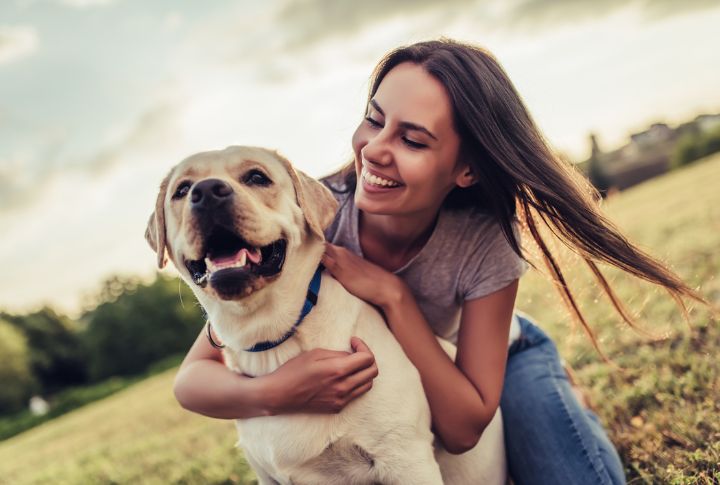
Dogs often grunt when content, showing how much satisfaction they enjoy during playtime or after a meal. You might also hear this noise when they’re taking a nap. It’s equivalent to a human’s sigh after a long day. They can also do this when they joyfully anticipate your return, a treat, playtime, or their meal.
The Bark
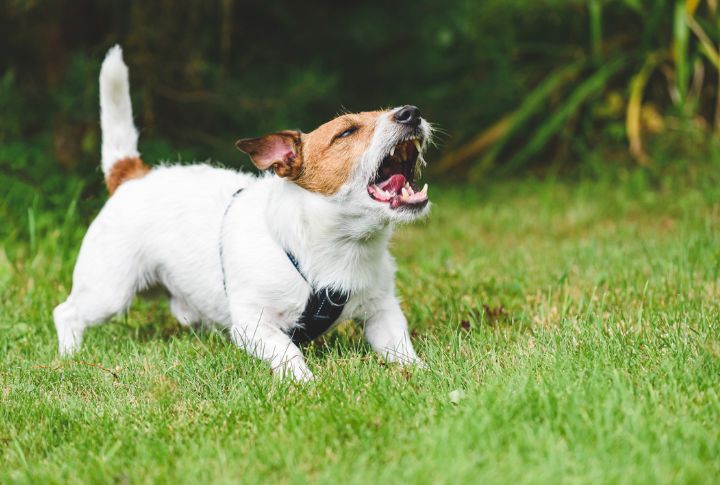
Barks speak volumes in the dog world. Different dog breeds communicate through a diverse vocal range, from excited yips to warning growls. Each bark carries meaning, with pitch and intensity offering clues to its emotions. High, quick barks often signal excitement, while low, slow ones may indicate threats.
The Huff
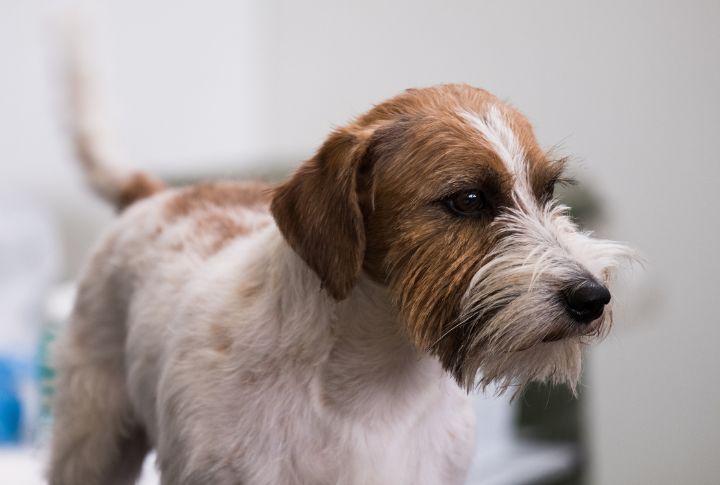
Huffing is primarily confused with sneezing, but they aren’t the same. A huff is a unique yet subtle canine vocalization that reveals frustration or impatience, such as when a pup’s playtime is postponed. During dog-to-dog interactions, huffs can also signal playful intent.
The Bay
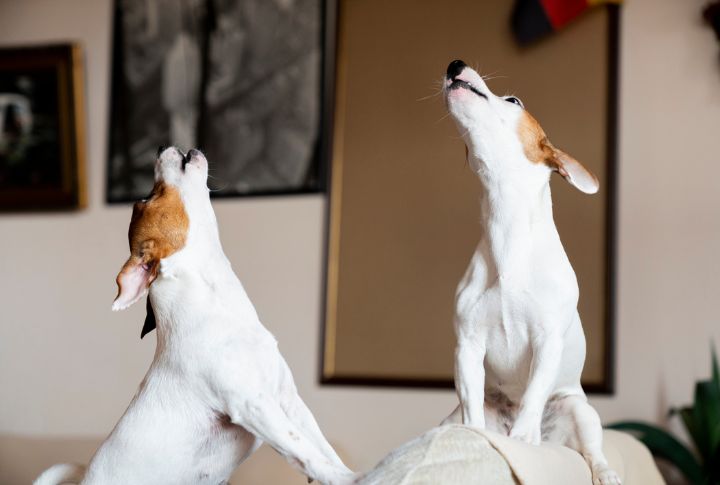
Unlike a typical howl, dogs bay when they want to communicate with their owners. Hunting hounds frequently employ this behavior as an effective means of attracting attention during hunts. This common trait serves a practical purpose: it allows the dogs to pass on important information to their handlers within the hunting party.
The Groan

Observing when and why your dog groans can provide insights into their well-being. When dogs groan, it’s usually a sign of contentment, especially when they do it while stretching out in a comfortable position. Yet, continuous groaning could indicate joint pain, particularly in older dogs.
The Chuff
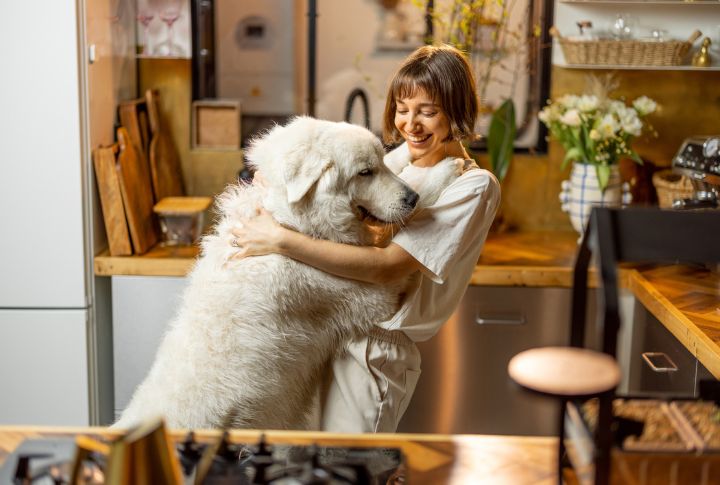
Chuffing in dogs is similar to a soft cough; it’s like when a dog wants to bark, but the barks are from the nose, not the mouth. This gentle noise may act as a friendly hello, indicating a wish to engage. Some dogs also chuff when curious about something new. Other times, the chuffing sound may signify your dog is under threat.
The Whimper
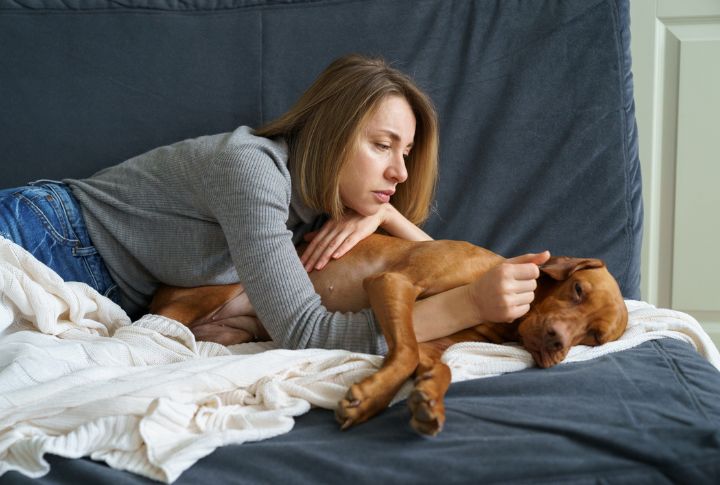
Dogs whimper when they are in pain, scared, or feeling submissive. Unlike whining, which can be a demand for attention, whimpering is more about vulnerability. During thunderstorms or visits to the vet, you might notice your dog whimpering. Comforting your dog and providing reassurance can help soothe your pup during these anxious events.
The Sneeze

Just like humans, dogs also sneeze. This sneezing might be a simple reaction to dust, but it can also point to subtle, playful intentions. This sneezing often simply shows that your dog is having lots of fun. But it becomes a concern when it’s uncontrollable, especially if it comes with nasal discharge.
The Growl
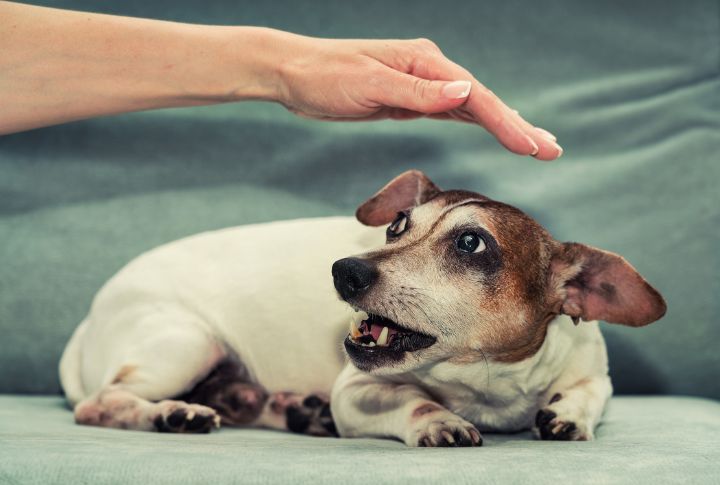
Growls indicate that severe aggressiveness may follow if you continue doing whatever you’re doing around a dog. However, a growl can be part of the fun during play. A growl accompanied by a stiff posture or bared teeth is a sign to intervene and calm your dog down.
The Chirp
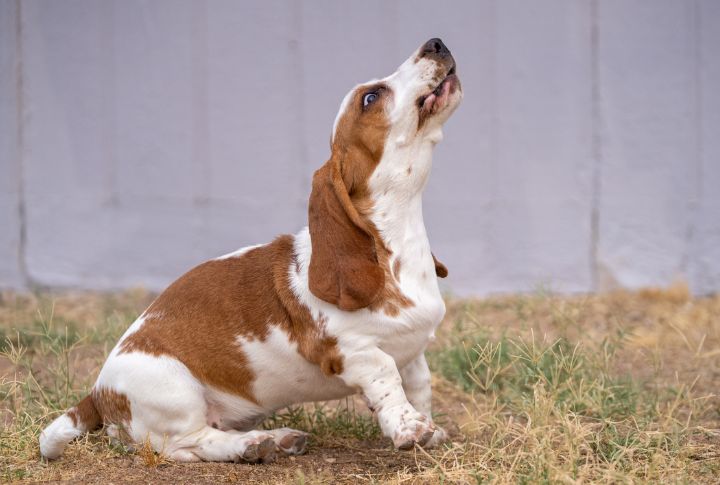
Smaller dog breeds sometimes make a chirping sound similar to a bird. They make this sound when they’re excited, like when you’re about to give them a treat. While it’s usually harmless, frequent chirping could mean respiratory issues, so keeping an eye on it is a good idea.
The Snore

When dogs enter deep sleep, they might snore, just like humans. This is particularly true for canines with shorter snouts, such as brachycephalic dogs, because their anatomy makes them more prone to snoring. Also, conditions like hypothyroidism, sleep apnea, or even being overweight can contribute to this issue.
The Laugh
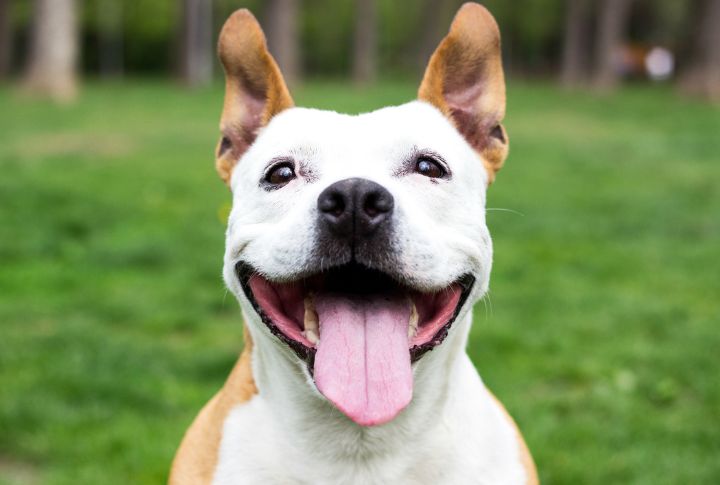
Dogs produce a particularly delightful contagious chuckle, also called play panting. When they let out this chuckle, the rest of their body also reflects their happiness—a tail wig. The laugh can also be accompanied by joyful pacing, and as it turns out, laughing is genuinely contagious regardless of your species.
